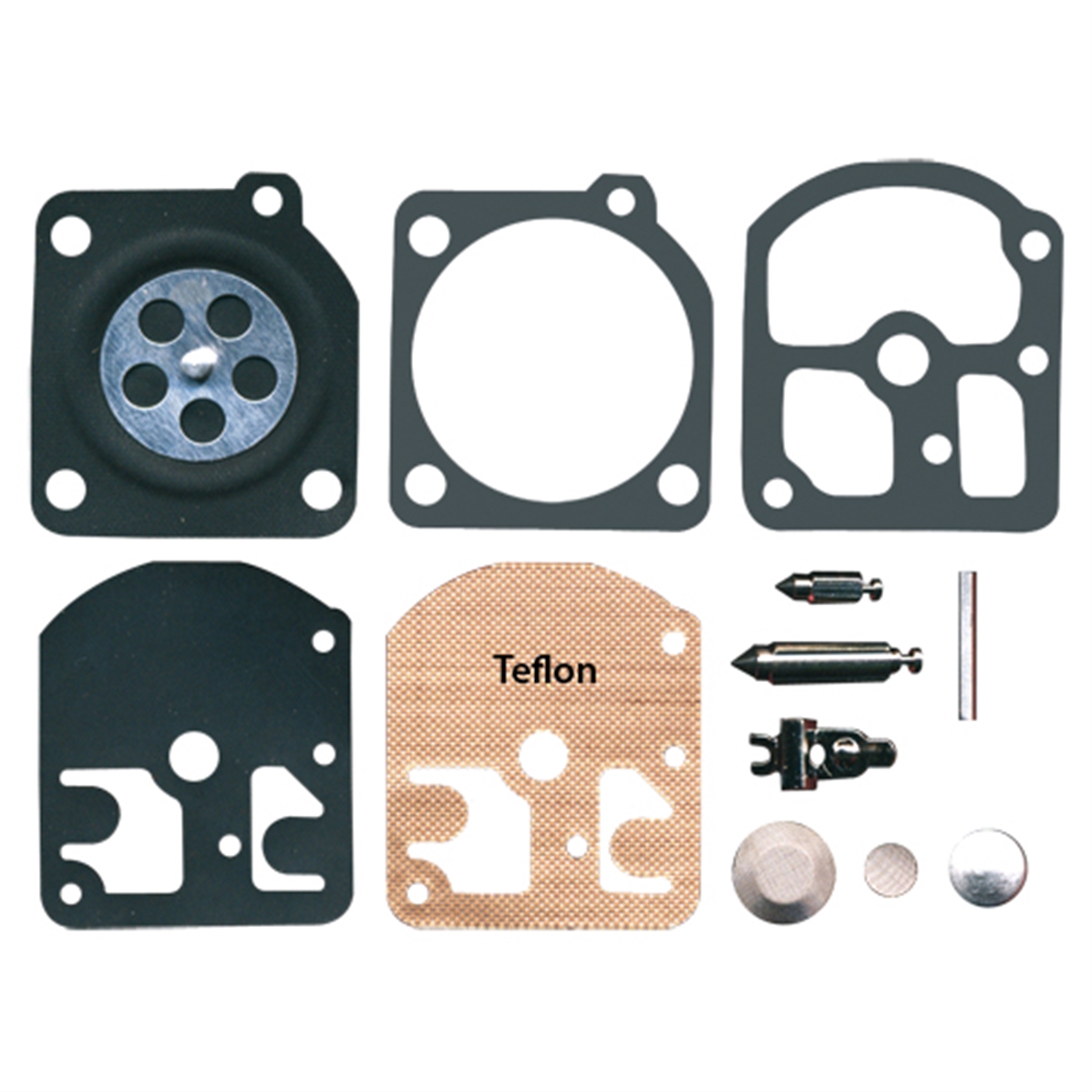
PN was supported by an advanced research grant (Biomemos) of the European Research Council. All other relevant data are within the paper and its Supporting Information files.įunding: Financial support from the Swedish Research Council (VR) UJ, PK Formas, the Research School of Pharmaceutical Sciences (FLÄK) PK the Belgian National Fund for Scientific Research (FNRS), the Interuniversity Attraction Poles Programme–Belgian Science Policy, and the “Communauté française de Belgique–Actions de Recherches Concertées” are gratefully acknowledged FC GPB was an FNRS Postdoctoral Researcher and is currently supported by an Emmy Noether grant 1668/1-1 from the Deutsche Forschungsgemeinschaft.
#EXPI293 MEMBRANE PRO CRYSTAL STRUCTURE CODE#
This is an open access article distributed under the terms of the Creative Commons Attribution License, which permits unrestricted use, distribution, and reproduction in any medium, provided the original author and source are credited.ĭata Availability: The refined structure and structure factor amplitudes have been deposited in the Protein Data Bank, with accession code 5I32. Received: NovemAccepted: FebruPublished: March 30, 2016Ĭopyright: © 2016 Kirscht et al. PLoS Biol 14(3):Īcademic Editor: Raimund Dutzler, University of Zurich, SWITZERLAND

(2016) Crystal Structure of an Ammonia-Permeable Aquaporin. Understanding the principles of ammonia permeability may, in the future, allow us to modulate the passage of ammonia and generate crops with higher nitrogen-use efficiency.Ĭitation: Kirscht A, Kaptan SS, Bienert GP, Chaumont F, Nissen P, de Groot BL, et al. We speculate that an intriguing water-filled side pore, next to the substrate-binding histidine, participates in deprotonating ammonium ions, which could increase the net permeation of ammonia. This histidine is therefore included in an extended selectivity filter, which should prompt a reinterpretation of the determinants of specificity in all types of aquaporins. An additional histidine in a different part of AtTIP2 1 fortifies the position of the arginine and interacts directly with the substrate in the channel. Our data uncover unexpected features of the substrate selectivity filter, including a conserved arginine in a new orientation that is stabilized by interactions to a histidine that is linked to ammonia specificity. Here, we report a high-resolution structure of the ammonia-permeable aquaporin AtTIP2 1 and explore it by functional assays of mutants and by molecular dynamics simulations. Structural information of ammonia-permeable aquaporins has been lacking. Aquaporins are integral membrane proteins that form channels that accelerate the passive permeation of small polar uncharged molecules, like water and ammonia, across lipid membranes of the cell. The molecular understanding of how aquaporins facilitate ammonia flux across membranes could potentially be used to modulate ammonia losses over the plasma membrane to the atmosphere, e.g., during photorespiration, and thereby to modify the nitrogen use efficiency of plants.Īmmonia is a central molecule in nitrogen metabolism. A flexible histidine and a novel water-filled side pore are speculated to deprotonate ammonium ions, thereby possibly increasing permeation of ammonia. By mutational studies, we show that the identified determinants in the extended selectivity filter region are sufficient to convert a strictly water-specific human aquaporin into an AtTIP2 1-like ammonia channel. The relatively wide pore and the polar nature of the selectivity filter clarify the ammonia permeability. The structure of AtTIP2 1 reveals an extended selectivity filter with the conserved arginine of the filter adopting a unique unpredicted position. Here, we report the structure determined at 1.18 Å resolution from twinned crystals of Arabidopsis thaliana aquaporin AtTIP2 1 and confirm water and ammonia permeability of the purified protein reconstituted in proteoliposomes as further substantiated by molecular dynamics simulations.

Aquaporins of the TIP subfamily (Tonoplast Intrinsic Proteins) have been suggested to facilitate permeation of water and ammonia across the vacuolar membrane of plants, allowing the vacuole to efficiently sequester ammonium ions and counteract cytosolic fluctuations of ammonia.


 0 kommentar(er)
0 kommentar(er)
